22. april 2025
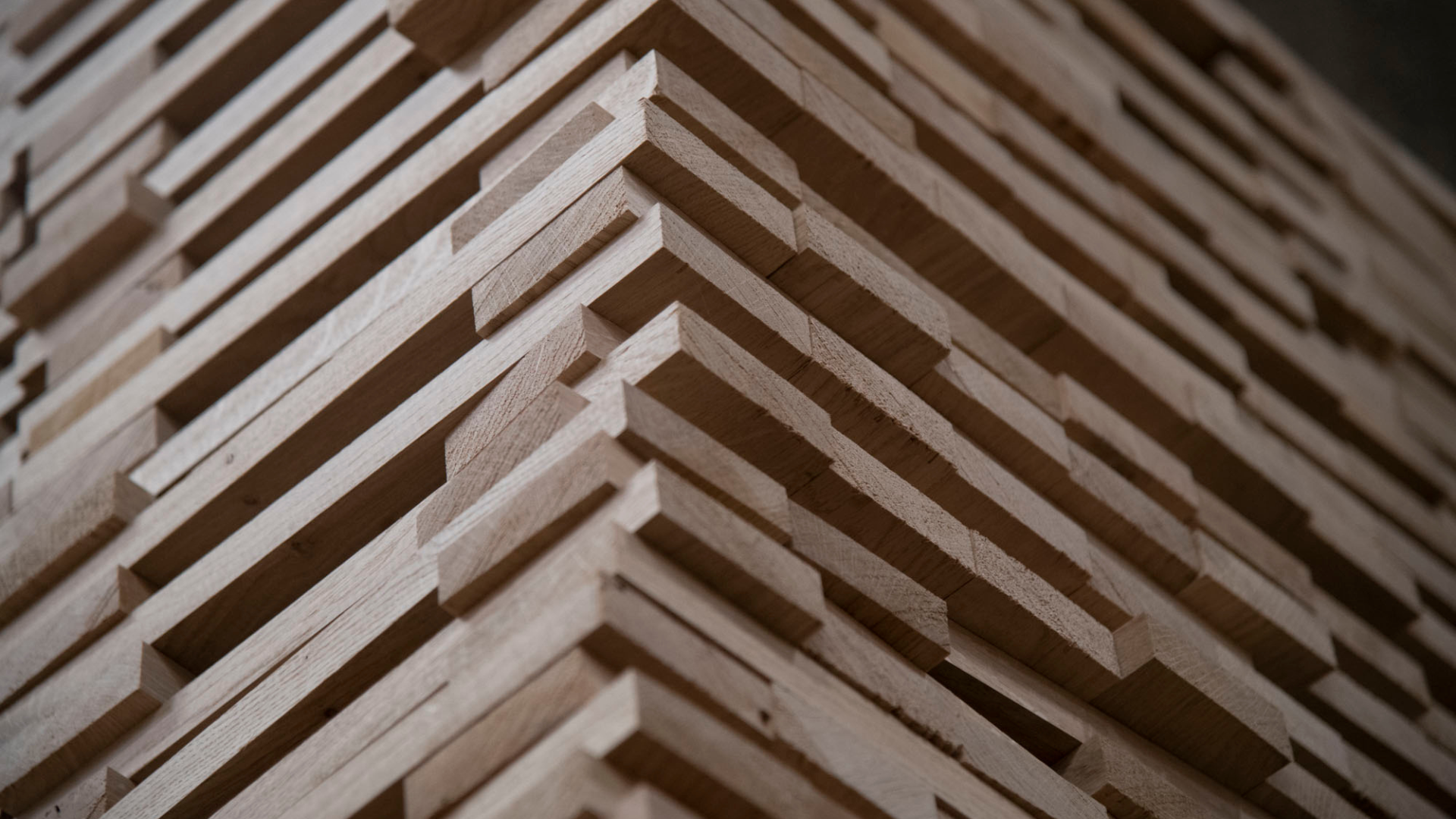
Josefine Alstrup
For centuries, Nordic wood has played an integral role in Scandinavian architecture and craftsmanship from solid oak floors to the refined ash...
Nordic Wood Tradition
For centuries, Nordic wood has played an integral role in Scandinavian architecture and craftsmanship. From the solid oak floors of historic buildings to the refined ash and pine used in contemporary design, the region’s forests have shaped the way we build and experience spaces. But what does the future hold for Nordic wood, and how can architects continue to use these materials in a way that honours both tradition and sustainability?
A Legacy of Strength and Beauty
The Nordic region has long been home to some of the most sought-after wood species in the world. Danish oak, Swedish ash, and Norwegian pine have been used in architectural projects for their durability, aesthetic warmth, and ability to age gracefully. These materials have not only defined traditional craftsmanship but have also found a place in modern, minimalist interiors, where natural textures and organic finishes are key design elements.
Emerging Wood Species – A Future-Forward Perspective
As architects increasingly focus on sustainable sourcing and reduced carbon footprints, the conversation around wood species is evolving. While classic hardwoods remain popular, attention is shifting towards lesser-known or underutilised Nordic species, which offer both aesthetic appeal and environmental benefits.
- Birch – A light, elegant wood with a soft grain, ideal for contemporary interiors.
- Larch – Highly durable and naturally weather-resistant, perfect for exterior and interior applications.
- Beech – Once overlooked, beech is making a comeback due to its uniform texture and sustainable availability.
The demand for locally sourced materials is also pushing architects to explore how Danish, Swedish, and Norwegian forests can supply more of the wood needed for sustainable construction, reducing reliance on imported species.
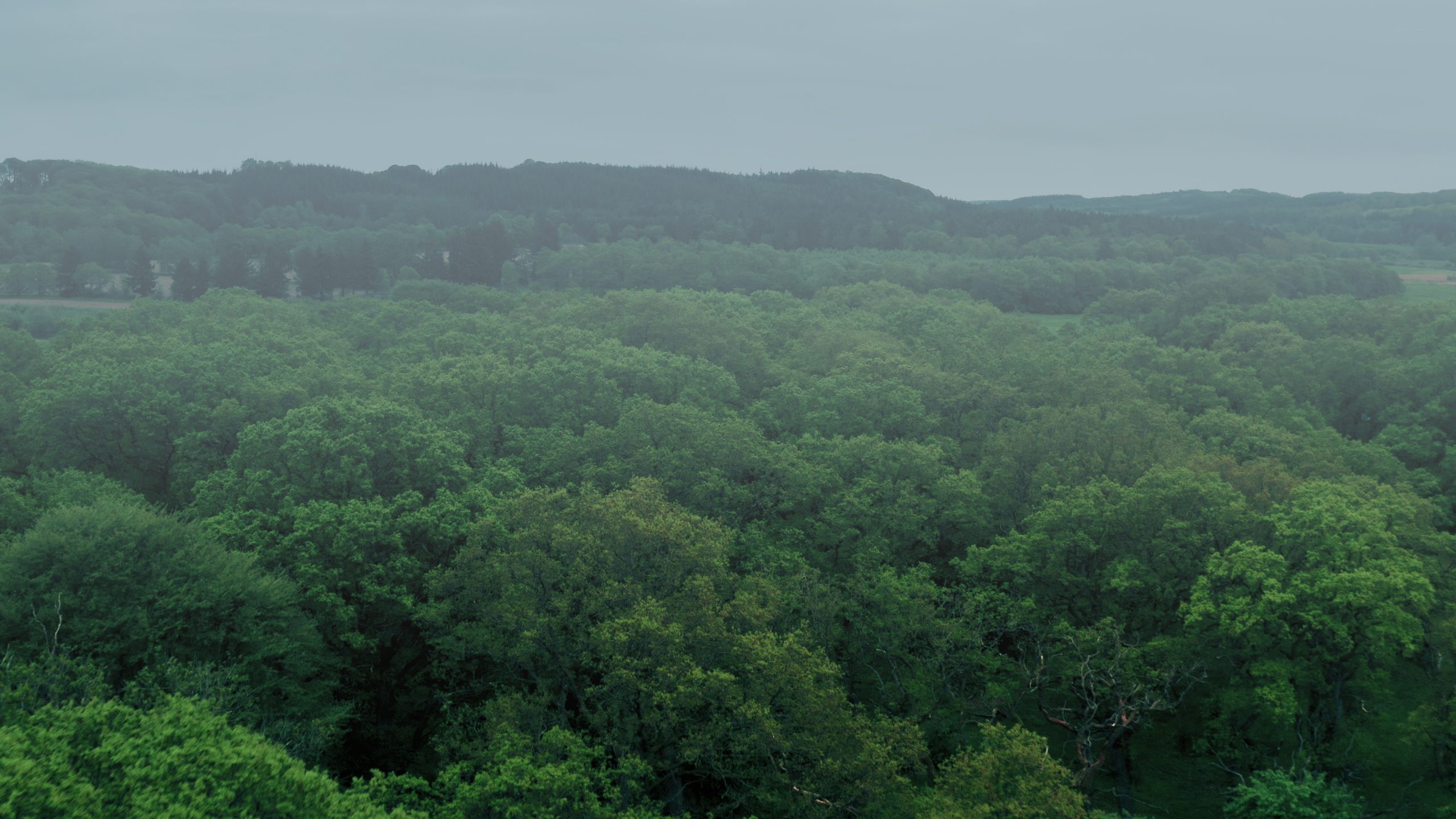
Sustainability and the Role of Nordic Forests
Wood has always been one of the most sustainable building materials, but the way we source, process, and use it matters more than ever. Architects today must consider not just the material’s aesthetic and structural properties but also its environmental impact.
Sustainably managed Nordic forests play a crucial role in carbon sequestration, capturing CO₂ and helping to combat climate change. With strict forestry regulations and certifications like FSC and PEFC, Scandinavian wood is not just a responsible choice - it’s an investment in the future of architecture.
Choosing the Right Nordic Wood for Architectural Projects
The selection of wood species is more than a matter of appearance; it’s about function, longevity, and the story it tells. When specifying wood floors and surfaces, architects should consider:
- Durability & Wear Resistance – For high-traffic areas, oak and larch provide strength and resilience.
- Colour & Texture – Ash and birch offer light tones and a modern Scandinavian aesthetic.
- Sustainability & Local Sourcing – Opting for FSC-certified Nordic wood reduces environmental impact.
- Adaptability – Some species, like beech and pine, respond well to treatment and finishes, allowing for a wide range of design possibilities.
Shaping the Future with Nordic Wood
The way we use wood today will define the landscapes and buildings of tomorrow. As architects embrace sustainability, innovation, and material honesty, Nordic wood will remain a foundational element in both contemporary and future design. By looking to both traditional and emerging species, the industry can continue to craft spaces that are not only visually stunning but also environmentally responsible.
At Hørning, we remain committed to sourcing and working with the best Nordic wood species, ensuring that every plank contributes to a design legacy that will stand the test of time.
Explore more stories
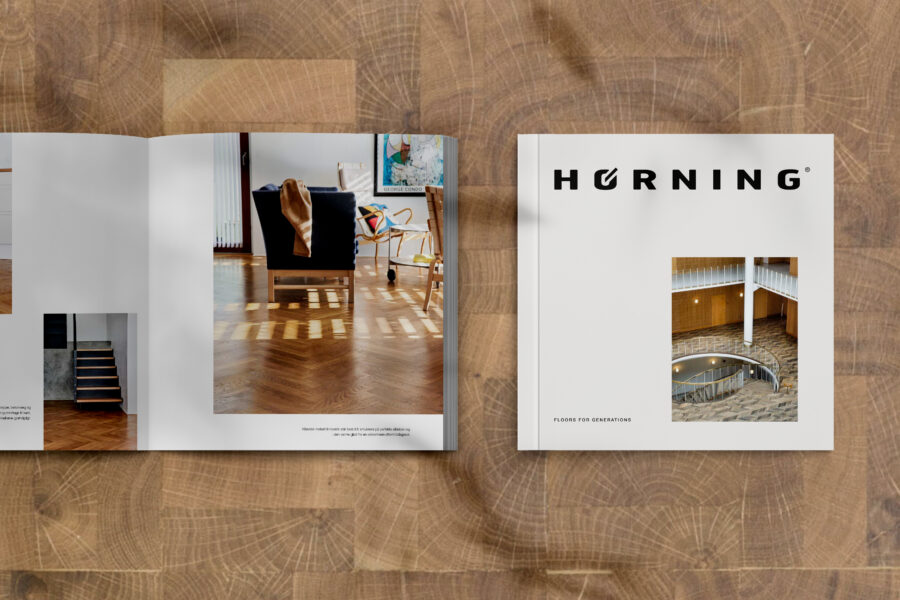
Inspiration For Every Project
06. januar 2026
Every great architectural project starts with inspiration. And sometimes, inspiration arrives in the form of a beautifully crafted tool.
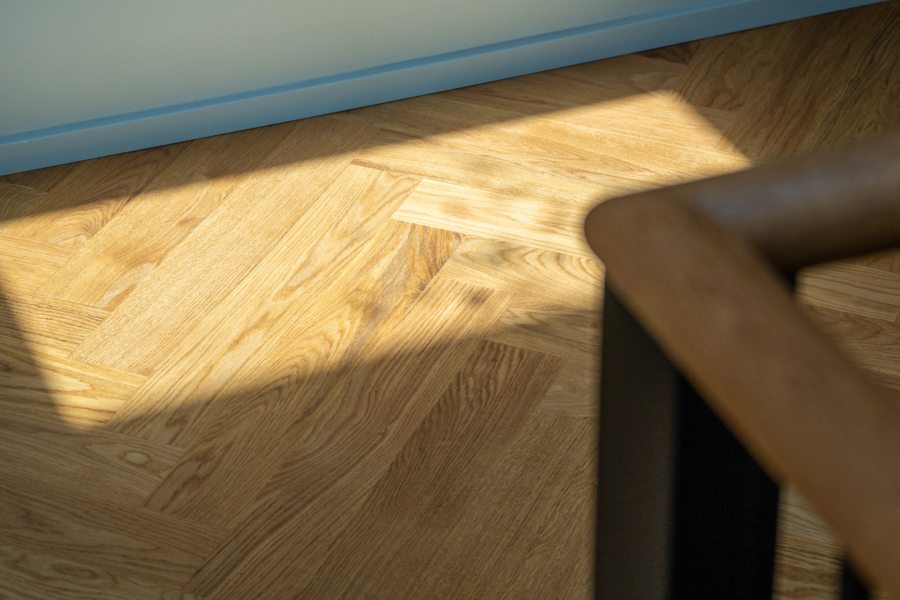
The Enduring Allure Of Herringbone
01. januar 2026
Few flooring patterns carry the same architectural presence as the herringbone. Elegant and rhythmic, it has been used for centuries to refine interior spaces.
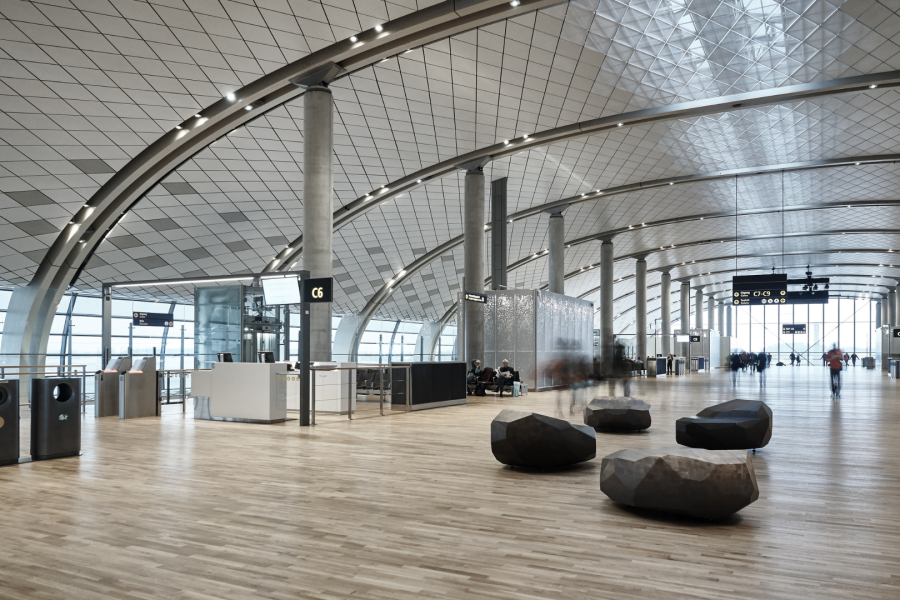
Biophilic Design And Wooden Floors
30. december 2025
For a century, Hørning has safeguarded and refined the Danish tradition of bespoke wooden flooring. A legacy rooted in craftsmanship and longevity.



